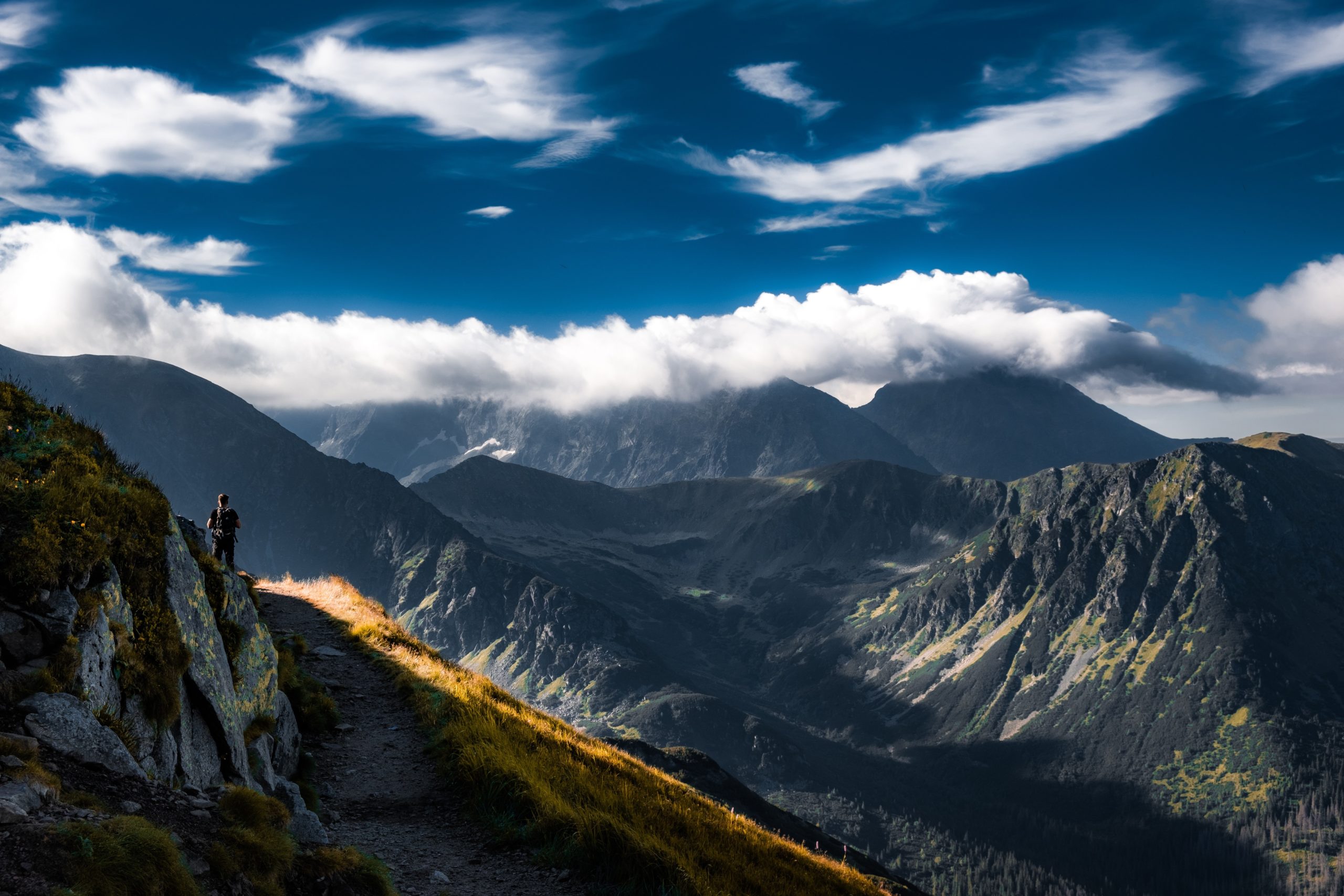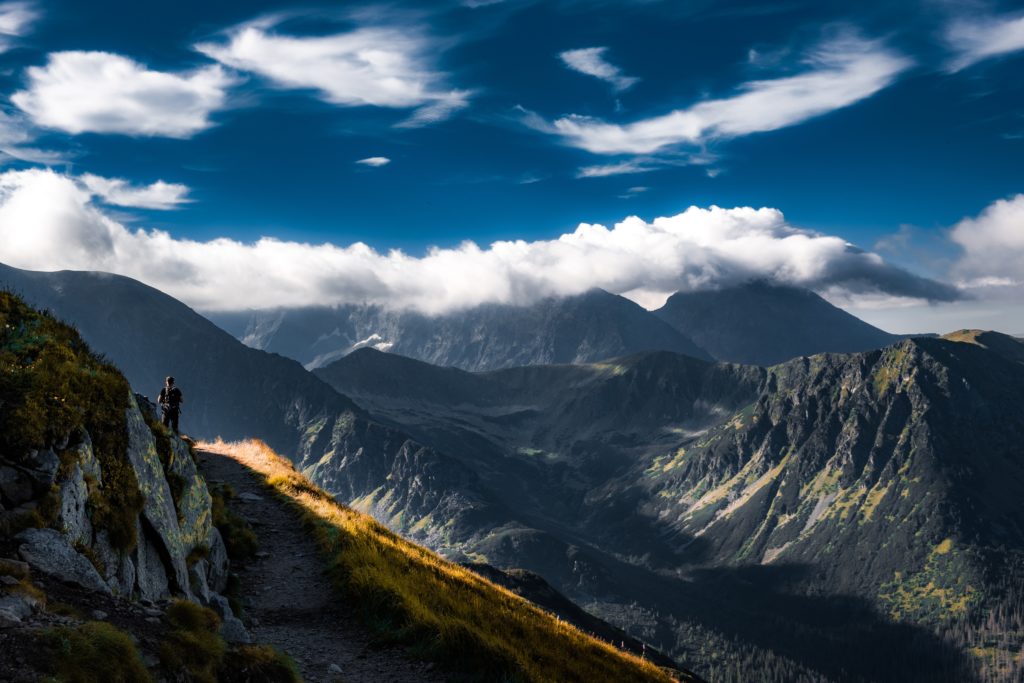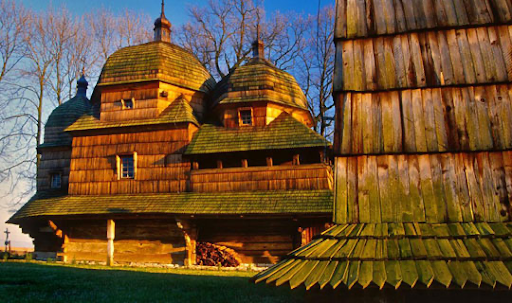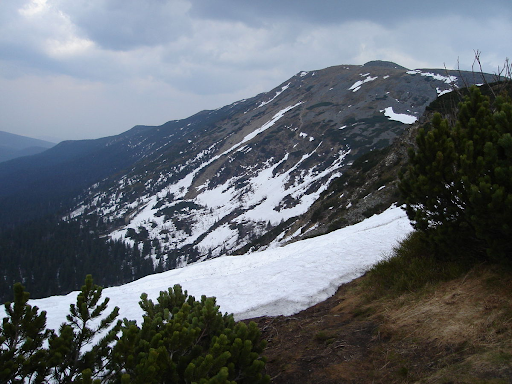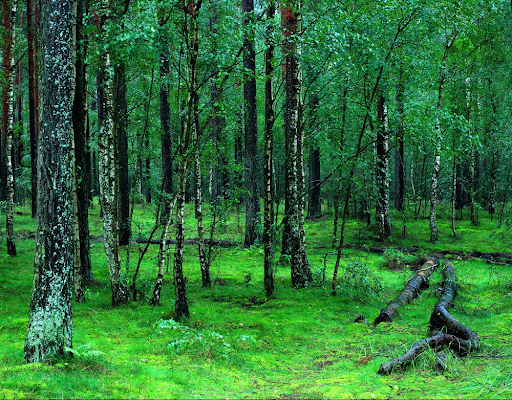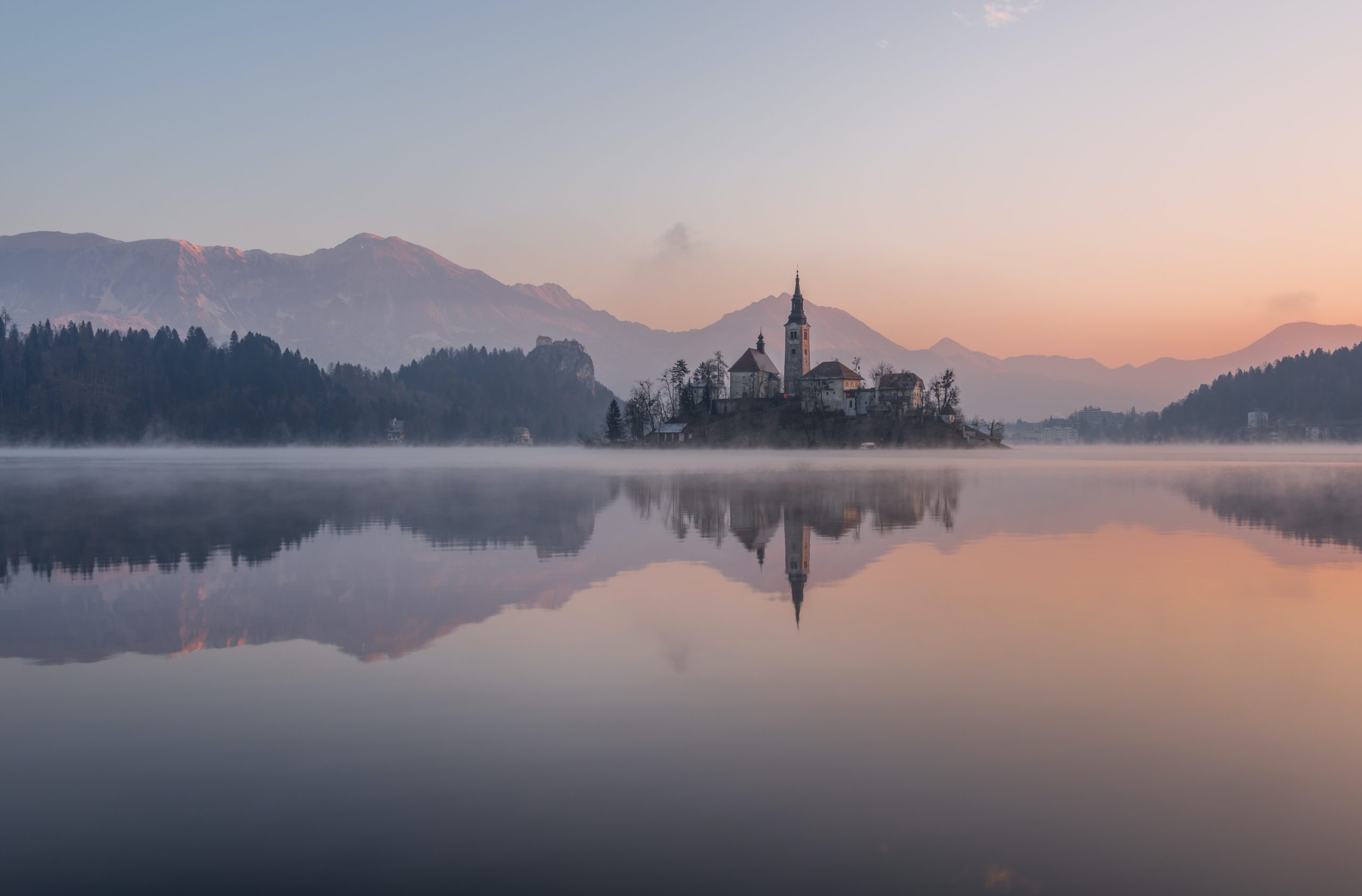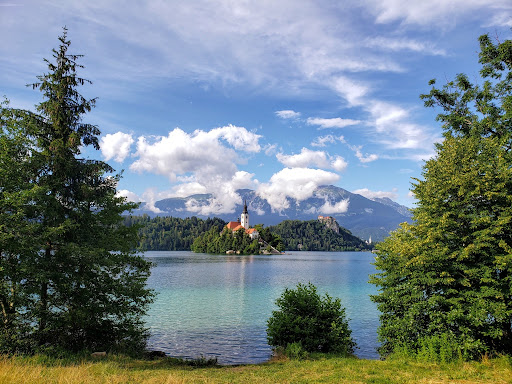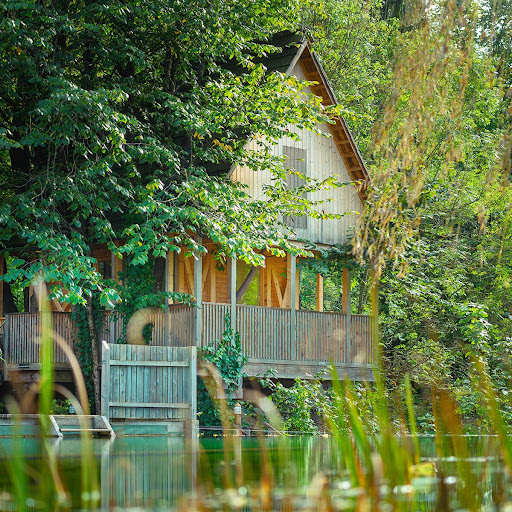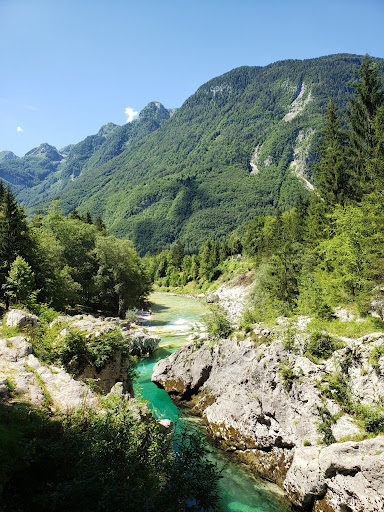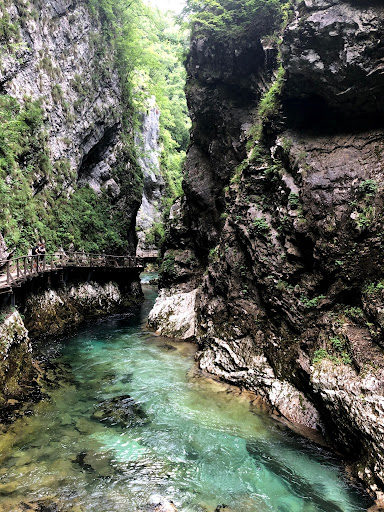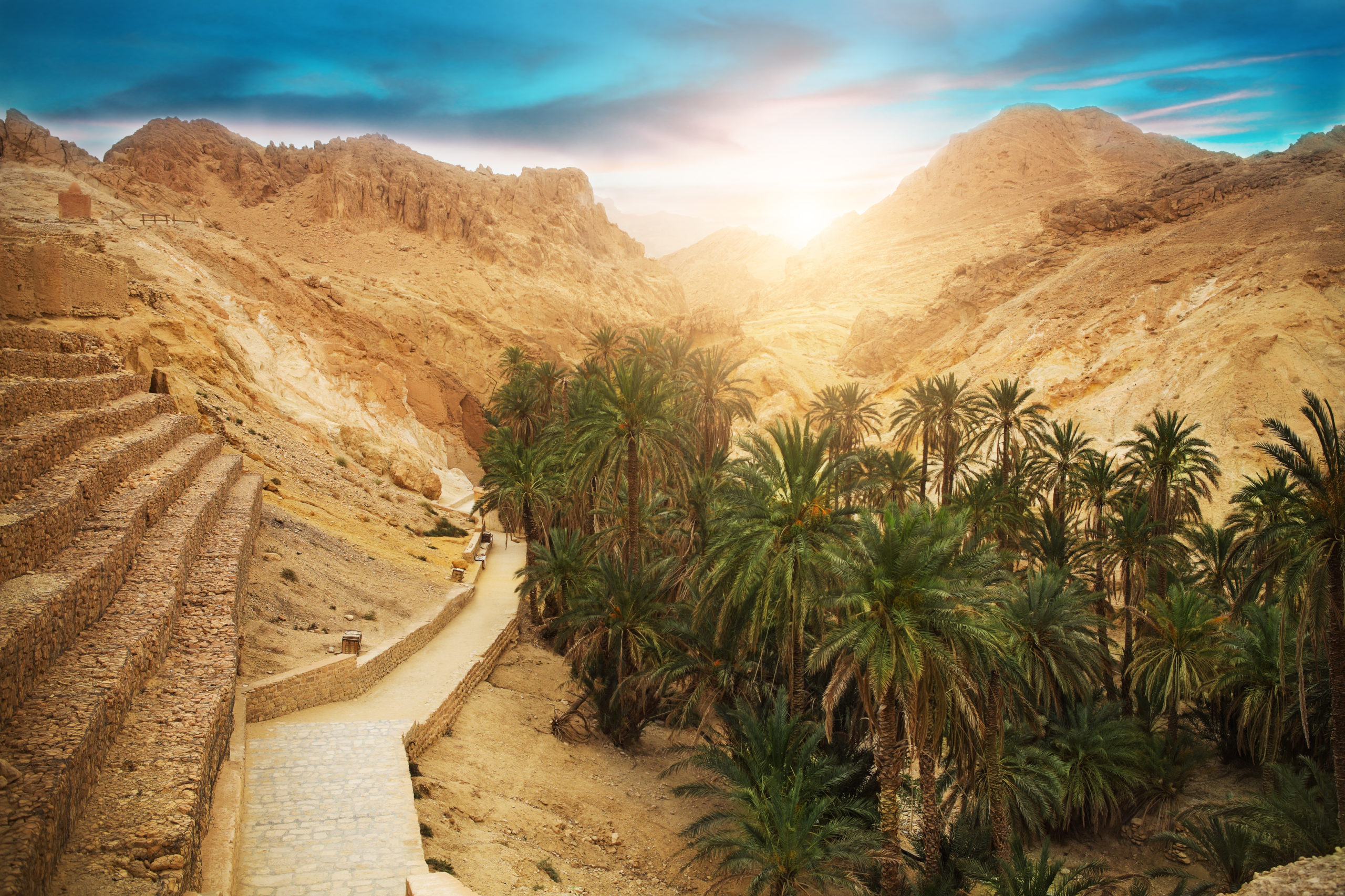Less than 1% of travelers to Tanzania venture to the country’s south… find out why skipping a visit to Southern Tanzania is a huge mistake

Despite its bountiful national parks, game reserves, and beautiful beaches, few visit Soutthern Tanzania. It is the least traveled part of Tanzania, but has so many hidden gems just waiting to be discovered. It is home to an astonishing range of wildlife, has incredible parks and offers stunning scenery. The southern part of Tanzania is on the Indian Ocean coastline, offering tourists relaxing beach destinations and an array of marine wildlife. Southern Tanzania is an unforgettable getaway for those who have an adventurous side and want to see a destination unlike no other. Here is a list of five reasons why Southern Tanzania is the best place to get off the beaten path:
1. Massive National Parks home to hundreds of animal species
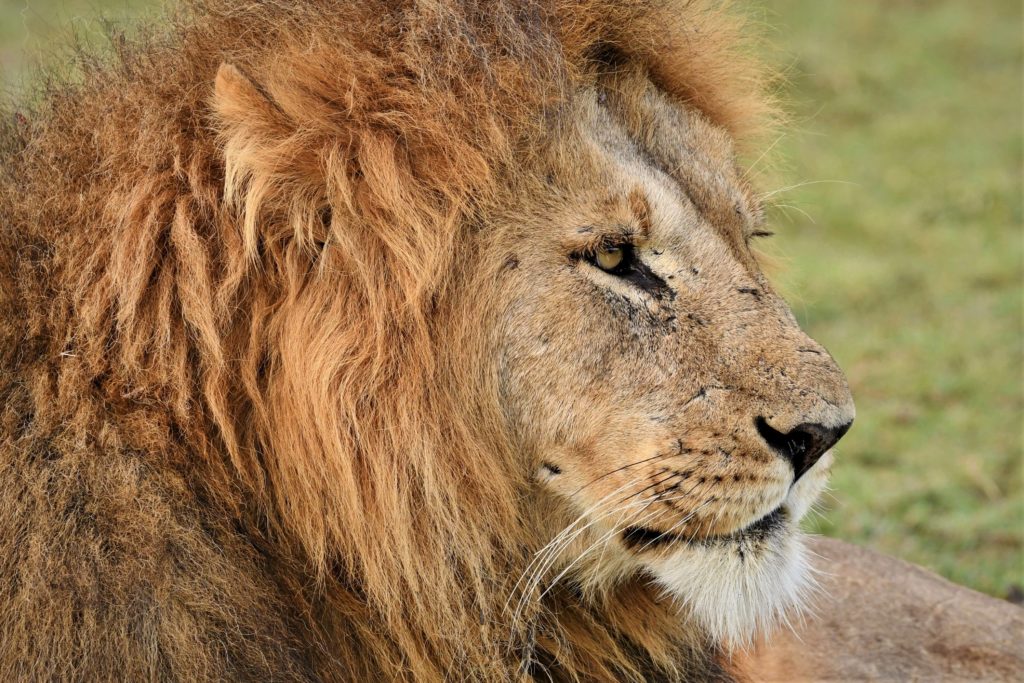
Southern Tanzania is home to a diverse range of wildlife and parks, and is gaining a reputation as one of the best places to safari in Africa. Two of Southern Tanzania’s most popular parks are Nyerere National Park and Ruaha National Park. Nyerere National Park has the reputation as Africa’s best wildlife sanctuary, and is inhabited by over one million animals. Here you can find the world’s biggest elephant and wild dog populations, whilst enjoying views of the expansive scenery. Ruaha National Park is the second largest wildlife sanctuary in the country, holding a massive population of big game and birds. Here you can see the popular sand rivers providing water to the animals that inhabit the area. On safari you are sure to see gazelles taking a sip from the river, and who knows, maybe even four of the big five – African leopards, African lions, Cape buffalo, and African elephants. Both parks are off the beaten track destinations anyone should visit for a once-in-a-lifetime experience.
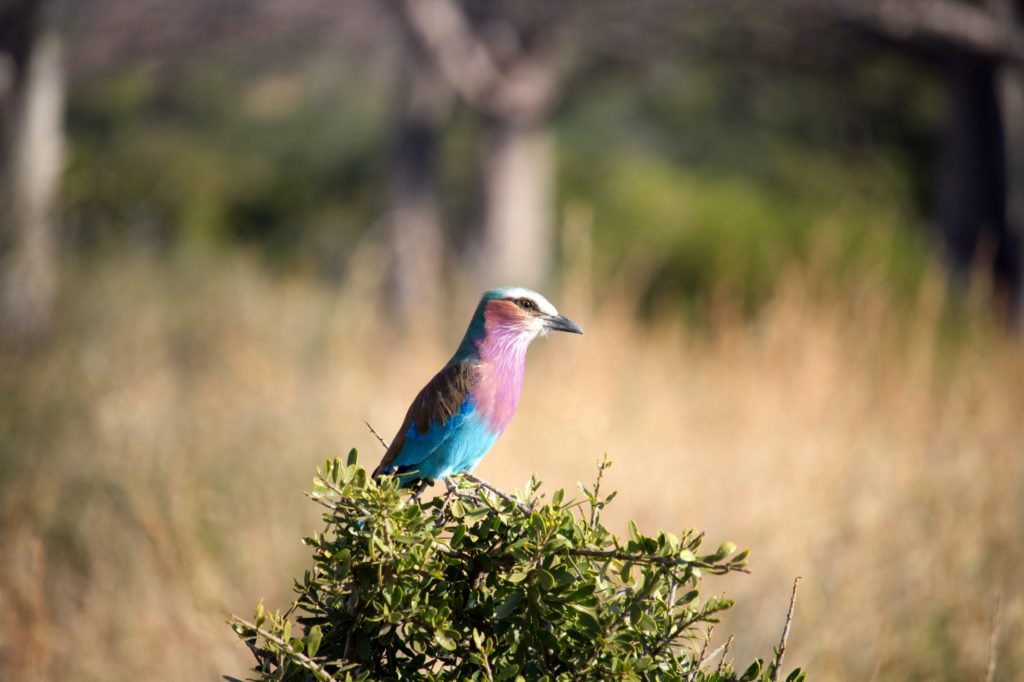
2. Pristine hidden beaches and marine life
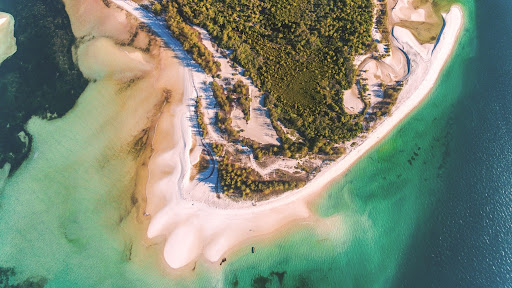
Southern Tanzania is home to many hidden beach getaways along the Indian Ocean coastline. The beaches are perfect for those looking for adventures off the beaten path, preferably in the water. Their astonishing coral reefs make scuba diving and snorkeling a favorite among those who love the ocean. One beautiful beach destination is Mafia Island, a must-see location just off the coast of Southern Tanzania. The island is the premier diving, snorkeling, and fishing destination in the country. The striking reefs that follow along the shore line are made up of 50 species of coral and are inhabited by over 400 species of fish, making for beautiful scenery and an array of colors while snorkeling and diving. The main wildlife attractions found on and around the island are the whale sharks and sea turtles. Mafia Island is also home to Tanzania’s first marine wildlife center. Another wondrous place to go diving is in Mikindani, close to the border with Mozambique.
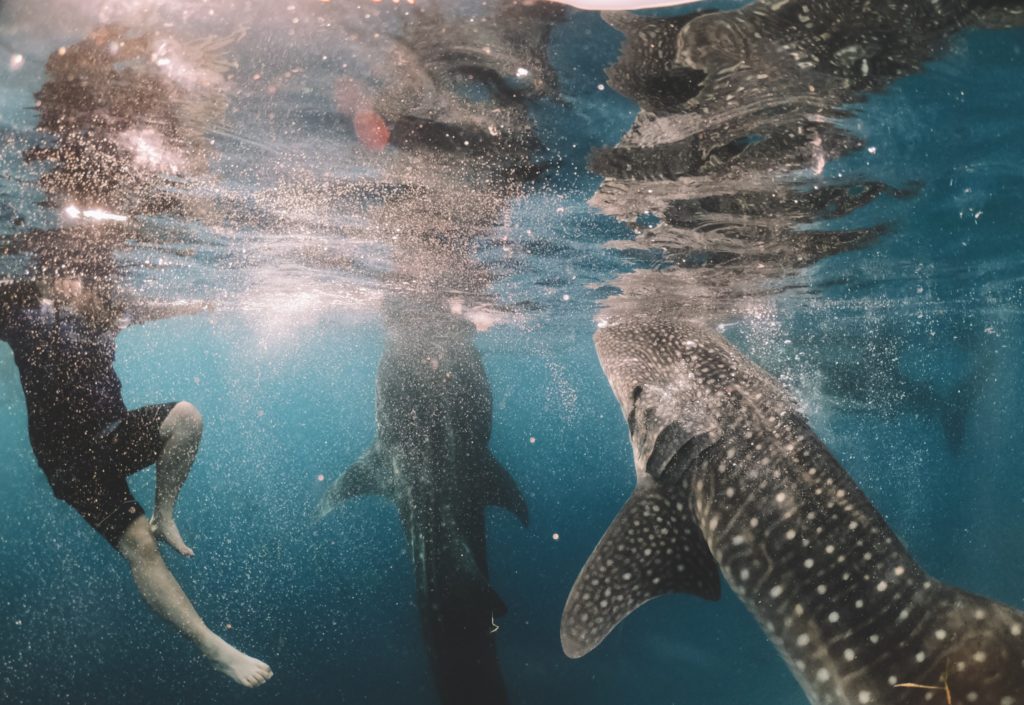
3. Southern Tanzania’s tourism is focused around sustainability
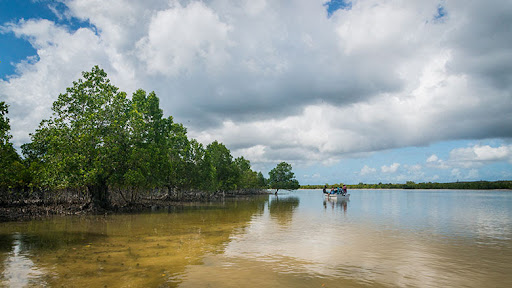
Photo courtesy of the World Bank Group. Showcases how management of sustainable techniques can get rivers flowing again.
The African Wildlife Foundation is dedicated to implementing sustainable techniques in Tanzanian tourism, and has been implementing the Sustainability and Inclusion Strategy for Growth Corridors in Africa (SUSTAIN) since 2015. The program aims to promote agriculture that is better suited for the landscape, whilst preventing the overuse of Tanzania’s land and resources. As a destination that has rarely been touched by tourists, it is extremely important that the health and wellness of both the environment and local communities are thought of first. With a vast array of wildlife preserves, the implementation of sustainable techniques in Tanzania is vital to ensure the future of the tourism economy. Tanzania is also home to a number of large desert environments, and therefore providing the environment with the right resources will help ensure that the rivers continue to flow each season.
4. Historical destinations that give tourists a glimpse of the past
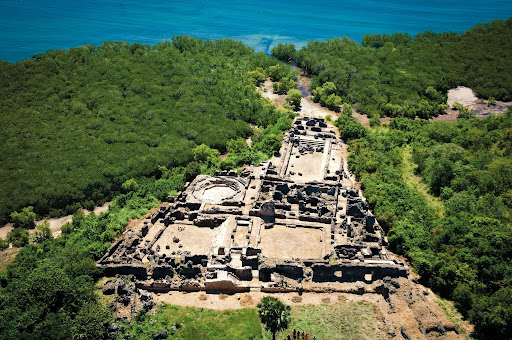
Photo courtesy of National Geographic. Overview of the Kilwa ruins showcasing the vast ruins of the port city.
Along with all of the amazing wildlife Southern Tanzania has to offer, there are also some historical attractions off the beaten path that are must-sees. One of them is the ruined medieval port of Kilwa, which lies on Kilwa Kisiwani. This is a UNESCO World Heritage site, one of only two in all of Tanzania. Kilwa was the main port in a series of port cities that ran along the Swahili Coast. The city was well known for importing cotton, ceramics, Chinese porcelain, and silk, causing the city to grow in wealth. Today, the remaining structures of the Husuni Kubwa palace, Great Mosque, and the Gereza Fort make this ruined city a spectacular place to visit and learn about the history of the gold trade in Africa. The site also offers some impressive views over the Indian Ocean and some dreamy accommodation options.
5. Engage with Unique Traditional Cultures
There are seven regions in Southern Tanzania: the Iringa, Morogoro, Mbeya, Njombe, Rukwa, Ruvuma, and Songwe regions. Each region contains unique cultures and traditions, born from the tribes who have lived there for centuries. At each point of your visit, you can participate in cultural activities to interact with local people. Interact with the Makonde of Southeastern
Tanzania and buy intricate masks and wood carvings from the black bark of the mpingo tree. In the Ruvuma, you can watch the Mganda traditional dance where dancers adorn white outfits to perform. In the rainforest climate of Morogoro, learn from the Waluguru tribe, as they tell you about their matriarchal society and teach you traditional agricultural techniques. These are just three examples of the dozens of cultures in the region. Come and see for yourself!
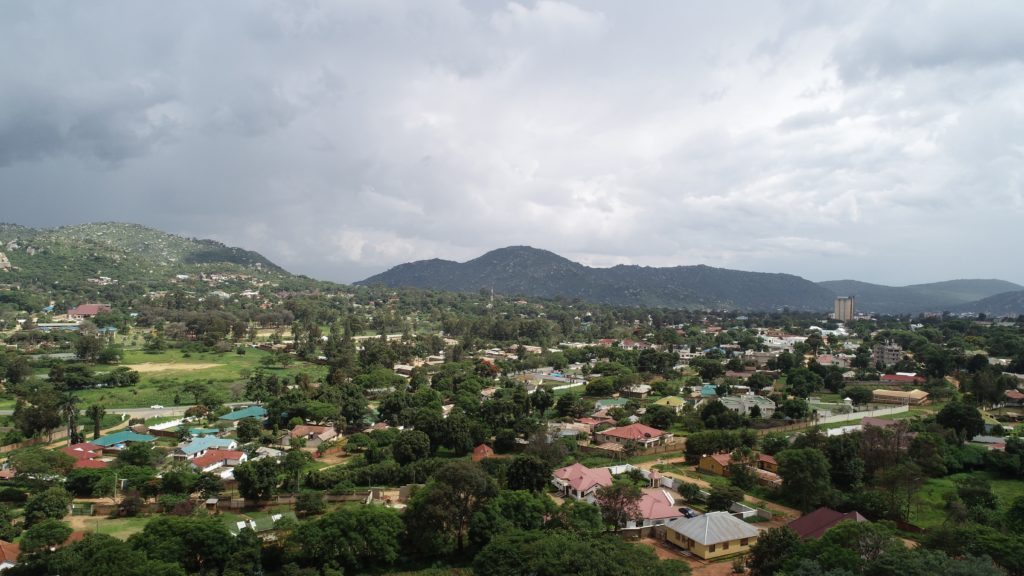
Tourist destinations in Northern Tanzania like Serengeti, Zanzibar, Ngorongoro, and Mount Kilimanjaro get all of tourist attention while the gems of the South remain unvisited. There are so many amazing tourist opportunities within Southern Tanzania. There is an abundance of wildlife and reserves, and the actions that they are taking to ensure a sustainable future will make it a destination for tourists to visit for years to come. Take a leap of faith and explore this incredible place. You won’t be disappointed!
If you would like to learn more about Solimar International’s project in Southern Tanzania, check it out here. Keep up with Solimar – don’t forget to like us on Facebook and LinkedIn!
